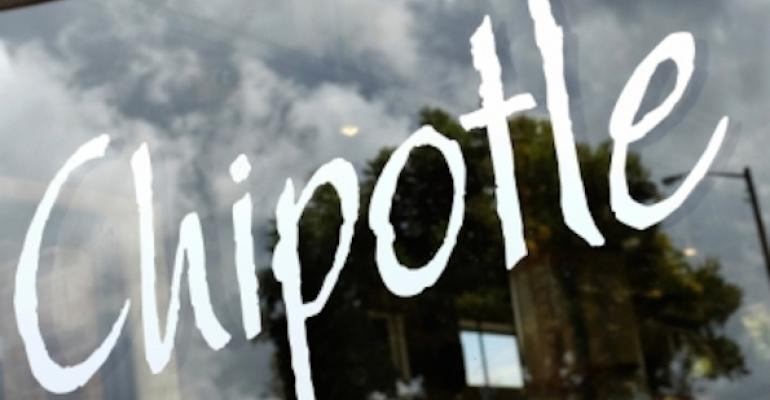 This post is part of the On the Margin blog.
This post is part of the On the Margin blog.
Earlier this week, I wrote about Boloco, and its shift from growth concept to one looking to simply make a profit. And then, late yesterday, Ruby Tuesday announced plans to close 11 of its Lime Fresh Mexican Grill locations while selling another eight to Rubio’s Restaurants, which will convert them to its own concept.
Amid this comes news about a sales slowdown at Chipotle Mexican Grill while food safety concerns plague the chain.
The burrito boom, it appears, is over.
Burrito chains had been growing nearly nonstop for the better part of two decades, with a few fits and starts. At one point, both McDonald’s Corporation (Chipotle) and Wendy’s (Baja Fresh) operated burrito chains. Since its spinoff from McDonald’s, Chipotle became the envy of Wall Street.
To be sure, Chipotle is hardly done growing. And chains like Qdoba Mexican Grill and Moe’s Southwest Grill have each recovered from their respective problems to resume growth. Café Rio is considered a potential IPO candidate. And the broader market for Mexican and Hispanic food is still growing, as noted by the spread of chains such as Rubio’s.
Yet that era of unfettered growth in the market for chains that specialize in giant burritos has definitely ended. Baja Fresh, long since sold by Wendy’s, has been steadily shrinking from a peak of about 300 locations at one point to 254 in 2011 to 171 at the end of last year, according to the company’s franchise disclosure document.
And investors are obviously shying away from such chains.
Boloco, for instance, put itself up for sale last year and couldn’t find a buyer. John Pepper, the chain’s founder who bought the chain this year, wrote in a blog post that he was, “The only one who could fathom putting good money after bad into something so impaired.” Pepper bought the chain to keep it from going out of business.
Boloco at one point was considered a hot concept and, as recently as 2013, was going to be on the receiving end of a $15 million investment.
“There’s no more ‘beat Chipotle’ or ‘beat Qdoba,’” Pepper told me. Instead, the chain is just focused on trying to be a good, profitable business.
Ruby Tuesday initially entered into a licensing agreement with Lime Fresh in 2010 with plans to open up to 200 locations. It bought the concept outright in 2012 for $24 million with plans to open as many as 50 in 2013 and 2014.
The most notable aspect of its decision this week to sell eight locations to Rubio’s and close 11 others is that the company didn’t sell the brand outright. While it’s certainly understandable that Ruby Tuesday would opt to concentrate on a single concept, it would have clearly sold the brand outright if it could find a buyer.
Instead, Lime Fresh is left as an eight-unit concept run only by franchisees. It’s a sad fate for a chain that once had eyes on a nationwide presence.
Contact Jonathan Maze at [email protected]
Follow him on Twitter at @jonathanmaze

